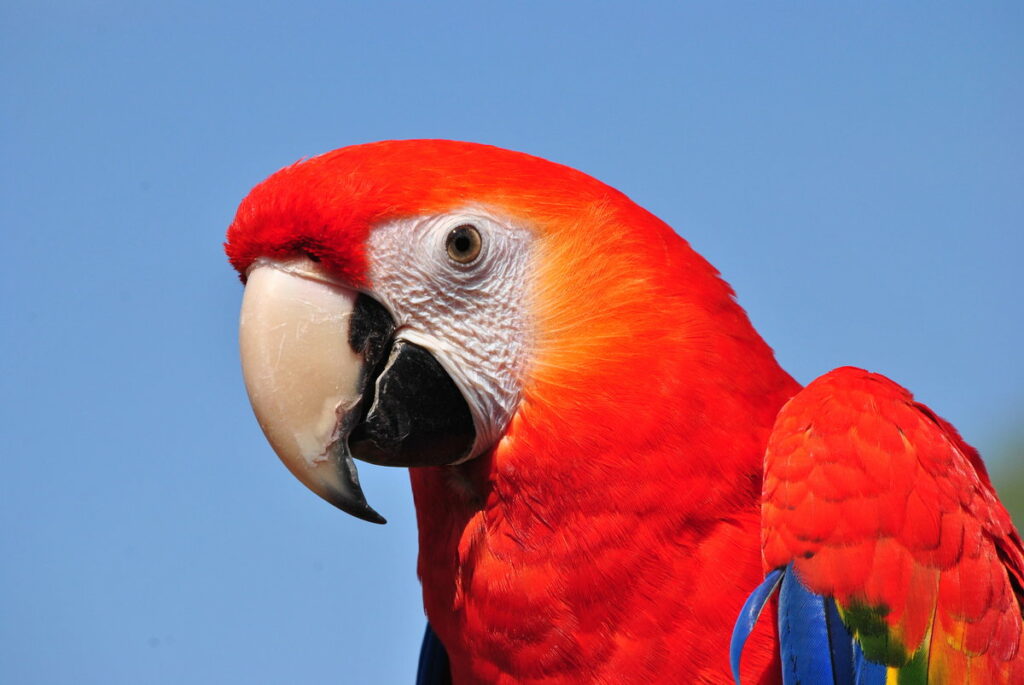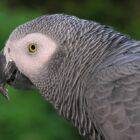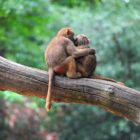Why does my parrot bob its head?

Parrots, renowned for their intelligence and complex behaviors, often exhibit head-bobbing motions that intrigue and fascinate their human companions. This behavior, characterized by rhythmic or repetitive up-and-down movements of the head, can vary in speed and intensity, and is a notable feature observed among various parrot species.
Physical Communication
Head-bobbing in parrots serves as a form of communication, expressing their emotions or intentions. This behavior can convey excitement, curiosity, alertness, or simply serve as a means of signaling their readiness for interaction. According to studies in avian behavior and communication, this rhythmic movement can function as a visual cue, especially when paired with other body language or vocalizations.
Head-bobbing in parrots can be a direct reflection of their emotional state. For instance, rapid and energetic head-bobbing might indicate excitement or eagerness. When a parrot encounters a favorable situation or anticipates an interaction, this enthusiastic movement can signify their positive emotional response.
Conversely, slow and subtle head-bobbing may convey a more relaxed or contemplative mood. When the parrot is at ease or feeling content, the gentle swaying of the head might be an expression of their relaxed state.
Exploratory Behavior
Parrots are naturally inquisitive creatures. Head-bobbing can be a part of their exploratory behavior, particularly when encountering new environments, objects, or unfamiliar situations. The repetitive motion of head-bobbing might be an indication of their curiosity or attempt to gain a better visual perspective or depth perception.
The intensity and speed of head-bobbing may reflect the parrot’s level of attention or focus. When engaging with stimuli or observing a specific object or individual, the parrot’s head-bobbing can indicate their interest or concentration. This movement might be used as a visual signal to direct attention to something that captures their interest.
Social Interaction
The head-bobbing motion is often seen during social interactions among parrots. When parrots engage in play or communication with their conspecifics or human companions, head-bobbing can be a sign of engagement, enthusiasm, or even a form of bonding within a group or pair.
Rhythmic Movement and Enjoyment
Parrots are known for their playful and expressive behaviors. Head-bobbing may be a display of joy or contentment. When parrots are in a pleasant or comfortable environment, the rhythmic motion might signify their happiness or a way of expressing their positive mood.
Vocalization Accompaniment
In some cases, head-bobbing is accompanied by vocalizations, whether it’s soft chirping, mimicry, or communication through sounds. The integration of physical head movements with vocal expressions could enhance the bird’s communicative intent or emphasize their message, conveying a more complete form of communication.
Parrots are known for their capacity to mimic and mirror human behaviors. Head-bobbing might also be a response to observed human actions or as a means of mirroring social cues. This responsive behavior can indicate a level of social bonding and the parrot’s attempt to reciprocate human communication.
Individual Variation and Context
It’s important to note that individual parrots might exhibit head-bobbing for different reasons. The context and environment, as well as the individual personality and experiences of the bird, can greatly influence the purpose behind this behavior.
While the specific reasons for head-bobbing in parrots may not be definitively outlined in scientific literature, these interpretations are drawn from observations and behavioral understanding. The behavior seems to serve multiple functions and varies among different parrot species and individual birds.










